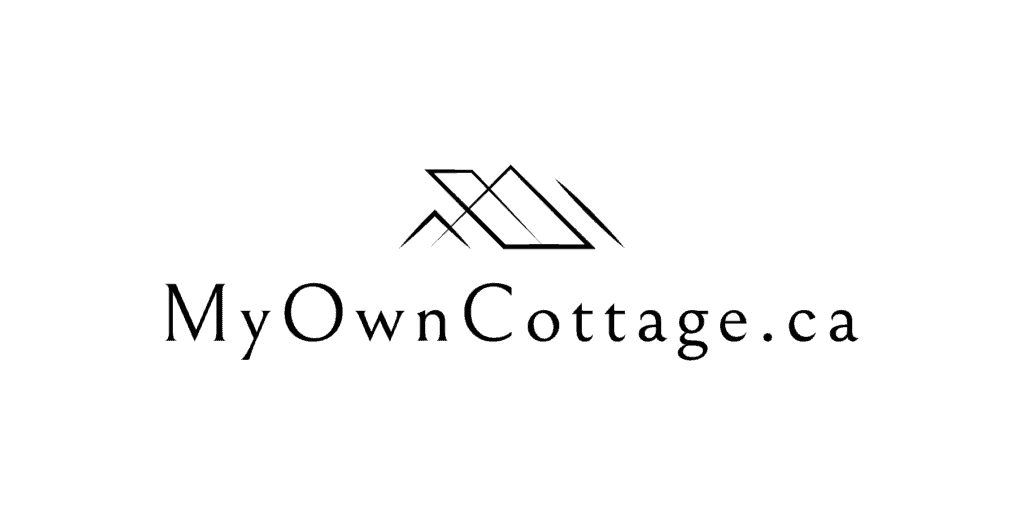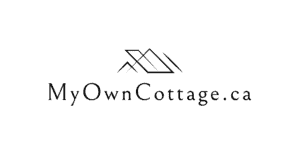Preparing Your Property for ADU Construction
Preparing your property for ADU construction is easy with our expert tips on site prep, utility connections, zoning compliance, and more.
Learn how to streamline the process and avoid common pitfalls before you build.
Home » Preparing Your Property for ADU Construction
Site Preparation for ADU Construction
Adding an Additional Dwelling Unit (ADU) to your property is an excellent way to increase your home’s functionality.
You’ll easily be able to accommodate family members or create an opportunity for additional income through rental housing.
Whether you’re planning a granny flat, tiny house, basement apartment, or a detached garage conversion, proper site preparation is key to a successful project.
How to Prepare Your Property for Building an ADU
As a leading prefab home builder in Ontario, My Own Cottage specializes in building a wide variety of accessory dwelling units.
In fact, we know how important it is to get your property ready before construction begins.
In this guide, we’ll walk you through everything Ontario property owners need to know about preparing your property for ADU construction.
Site Assessment
Before any blueprints are drawn or permits are pulled, the first step in ADU construction is a thorough site assessment.
This includes evaluating your property’s topography, available space, and access.
Evaluating Your Property’s Potential
If your property is hilly or uneven, it may require grading or additional foundational work.
You’ll also want to consider how much square feet are available and how the ADU will fit alongside your main house or primary residence.
Accessibility is crucial, especially if you’re planning to house elderly parents, adult children, or tenants who require a separate entrance.
Easy access for construction vehicles is also necessary during the construction process.
💡 Zoning regulations often dictate how close you can build to the property line, which is why a full understanding of your residential lot is essential.
Tree Removal and Landscaping Considerations
Many Ontario homes are surrounded by mature trees and extensive landscaping, which may need to be altered before construction.
In some cases, tree removal is required to make space for your accessory building.
You’ll also want to consider the existing layout of accessory structures, such as sheds, pools, or a detached garage.
These structures might need to be relocated or removed.
New Construction and Drainage Patterns
Landscaping changes can also affect drainage patterns, so it’s wise to plan ahead to avoid potential flooding or erosion.
Being proactive in this stage ensures the new construction integrates well into your yard and maintains harmony with neighboring residential areas.
Utility Access: Sewer, Water, and Electricity
Your additional unit will need full access to utilities, just like your main home.
Depending on the type of ADU this may involve connecting to the existing systems or installing independent utility lines.
In fact, this applies whether it’s a detached ADU, in-law apartment, or internal ADU.
Rental Income Tracking and Owner Occupancy
Water and sewer connections must meet municipal standards, and may require tapping into the city’s infrastructure.
Electrical service may need to be upgraded to support the extra load of an additional residential unit.
If you plan to rent out the unit, it’s a good idea to consult with your utility provider about separate metering for rental income tracking along with owner occupancy compliance.
Surveying and Understanding Lot Boundaries
Having your property professionally surveyed is a non-negotiable step in the ADU planning process.
A survey confirms the exact location of your lot boundaries, which is essential for complying with zoning by-laws and setback requirements.
Residential Building Plans and Easements
If you’re building close to a property line, even a small error could lead to legal or construction issues.
A professional survey will also reveal any easements, rights-of-way, or encroachments that could affect your residential building plans.
This step protects you from future disputes and ensures the separate unit is legally positioned.
Permit Preparation and Zoning Compliance
Ontario municipalities have varying rules around ADUs, but nearly all require proper permits and compliance with local zoning ordinances.
Begin by researching your city’s official website or contacting city hall to gather up-to-date information about ADU approval processes.
Architectural Plans and Owner-Occupancy Requirements
You’ll need to prepare architectural plans, proof of owner-occupancy requirements (if applicable), utility plans, and possibly submit to a public hearing depending on the zoning by-law.
Be aware of limitations on square feet, height restrictions, and whether short-term rental is permitted.
👉 To explore this topic in more depth, check out our full guide: Zoning and Legal Considerations for ADUs.
Working with Contractors and Designers
Once your site is assessed and permits are in motion, the next step is collaborating with experienced contractors and designers who specialize in accessory dwelling units.
Designing an ADU for comfort and functionality ensures the space feels welcoming, efficient, and perfectly suited to everyday living.
At My Own Cottage, our team handles both the design and prefab construction of ADUs across Ontario, streamlining the process for homeowners.
Floor Plans that Comply with Local Regulations
Design professionals help you create functional floor plans that comply with local regulations while meeting your family’s needs.
For example, if you’re housing extended family or creating an in-law unit, accessibility and layout are especially important.
Contractors handle the physical aspects—site work, utility hookups, foundation prep, and final installation.
Prefab Options Save Time and Reduce Disruption
Choosing the right materials for an ADU is essential for creating a durable, energy-efficient, and visually appealing living space that stands the test of time.
Prefab options save time and reduce disruption to your main residence, offering a quicker path to occupancy and additional income.
Explore our customizable design options here: 👉 ADU designs and customization.
Best Practices for Property Owners
If you’re new to the world of accessory dwelling units, it’s easy to feel overwhelmed.
However, preparation makes a huge difference.
Here are a few best practices:
Check Local ADU Policies
Some municipalities restrict attached ADUs, others may have rules about laneway houses or coach houses.
Openly Communicate With Neighbors
Communication is especially important if your ADU will be visible or near property lines.
Naturally, this builds goodwill and reduces opposition.
Plan for the Future
Will this unit house family members, generate extra income, or be used as a guest house?
Your purpose can guide your design.
Understand Financing and Interest Rates
If you’ll be borrowing to build, financing and interest rates need to be at the top of your list.
Review your options regularly and carry out due diligence to find the best financing rates available.
Blending Visually With Other Homes
Make sure the unit will blend visually with other homes in your residential neighborhood and meet Ontario’s housing needs.
Let’s Get Your Property Ready
Properly preparing your property for ADU construction is the foundation of a successful build.
From surveying and utility access to landscaping and zoning compliance, every step plays a role in turning your vision into reality.
Whether you’re building for family members, seeking rental units, or simply enhancing your main house with a flexible living area, My Own Cottage is here to help.
Our Team Makes the Process Easy
Our team makes the process easy—from design to delivery—so you can focus on enjoying your new additional unit.
Ready to get started?
📧 Reach out to us with your questions or ADU plans by booking a free consultation.
For convenience, you can also simply fill out the form below.

